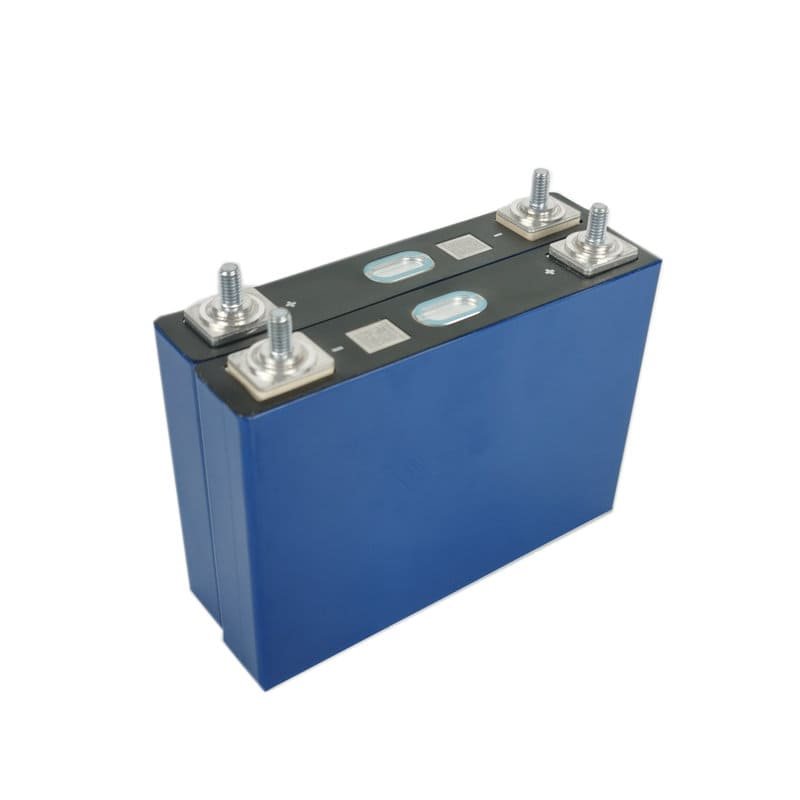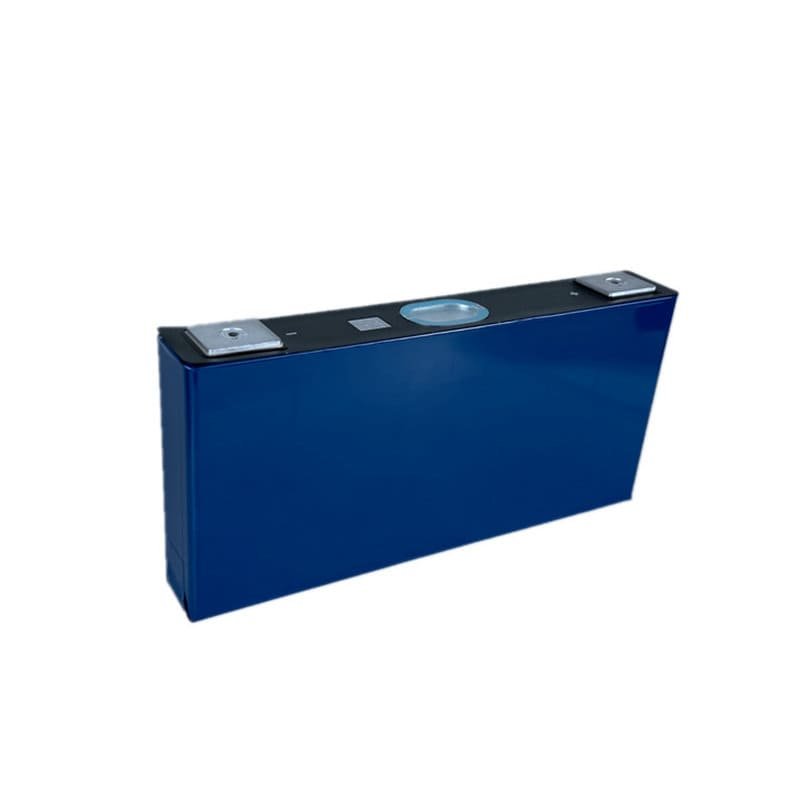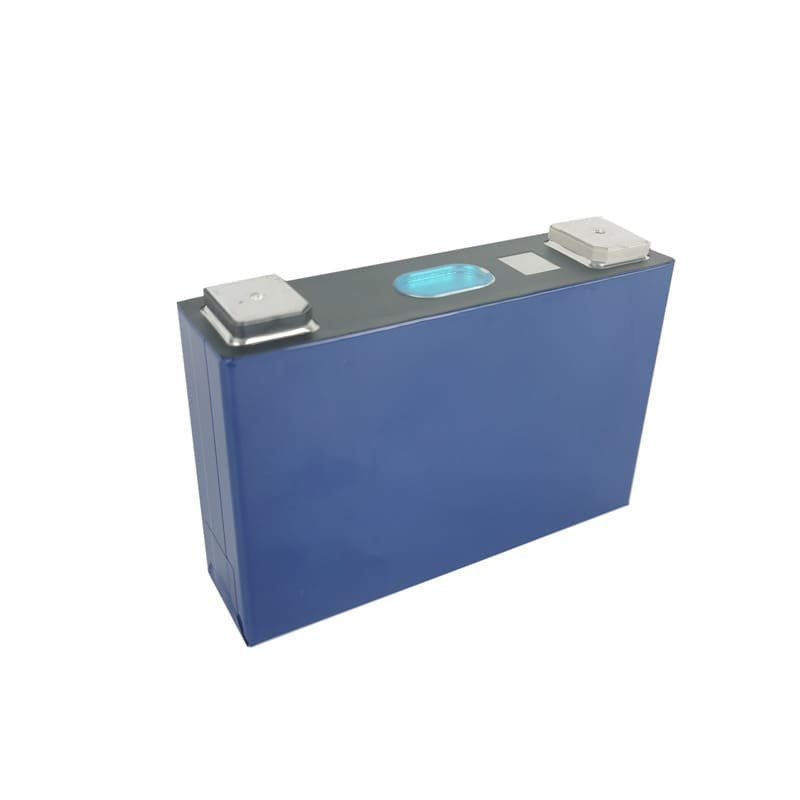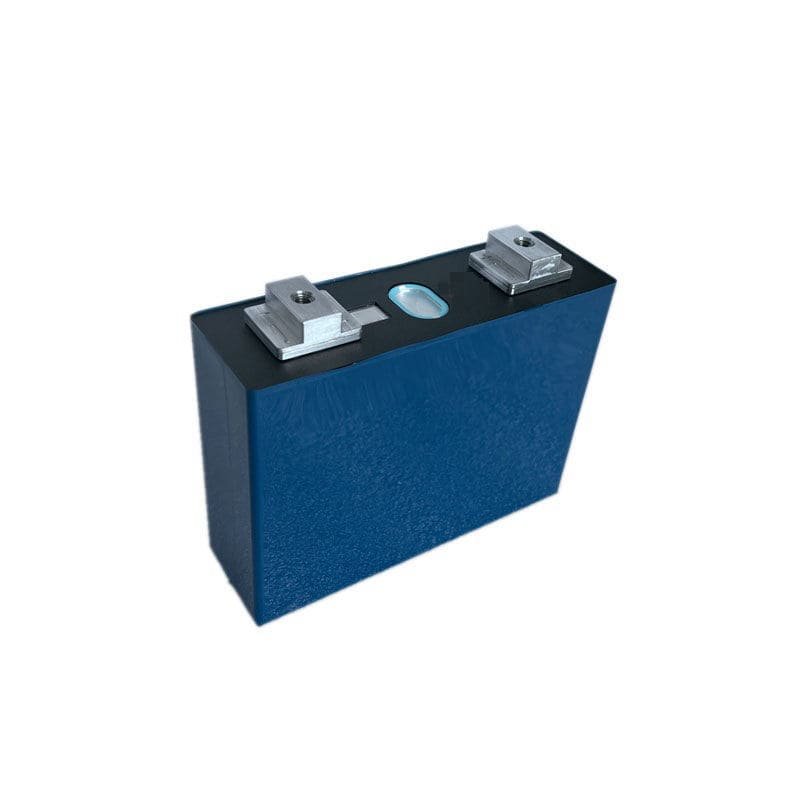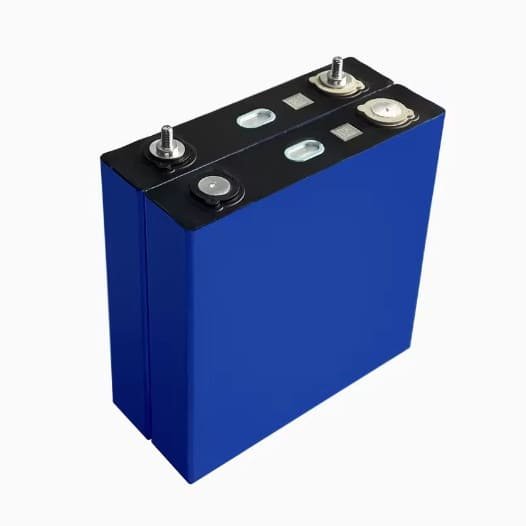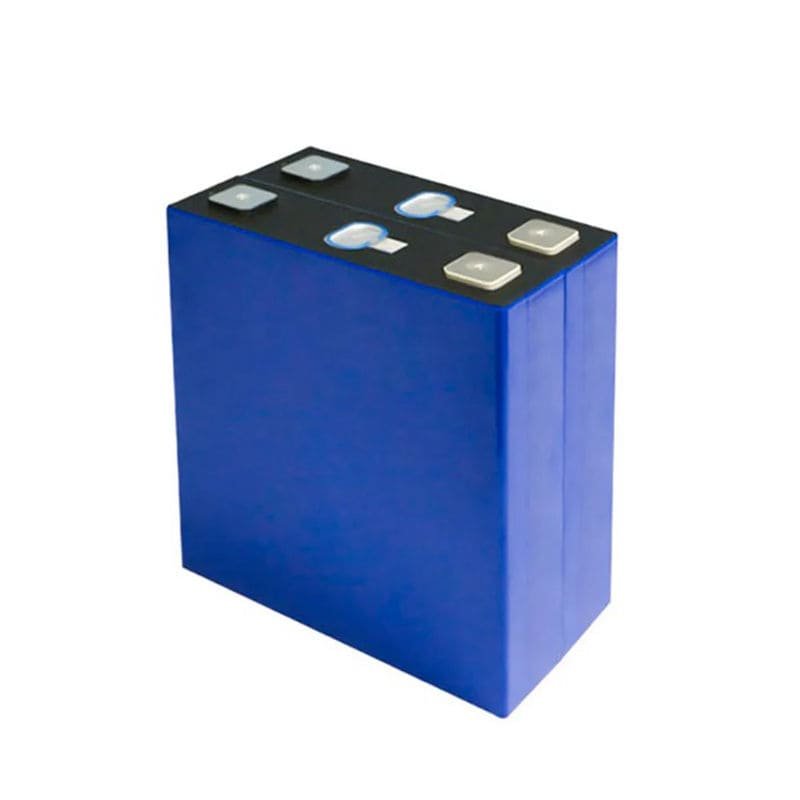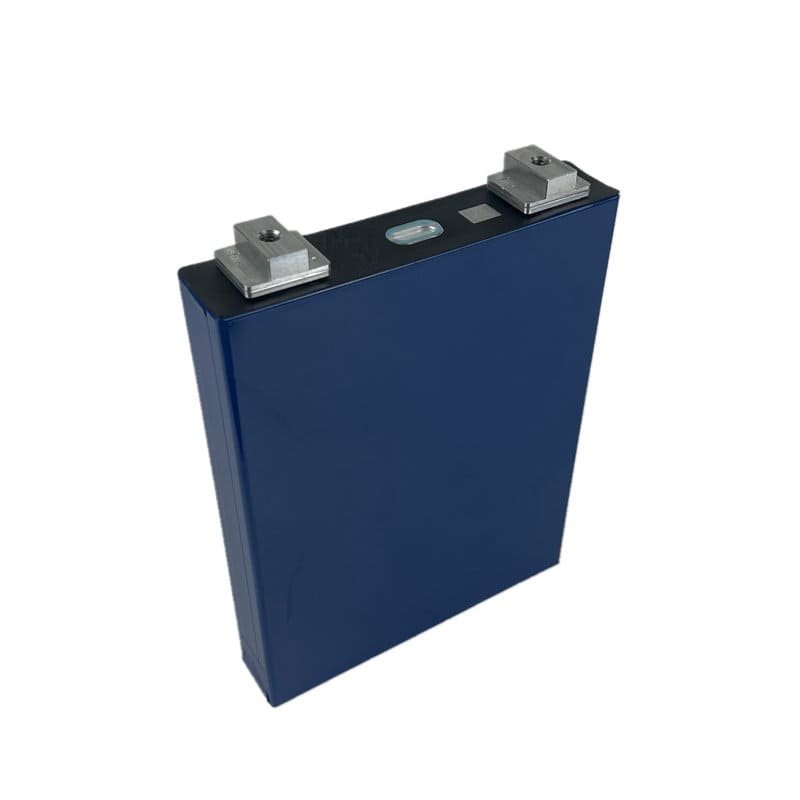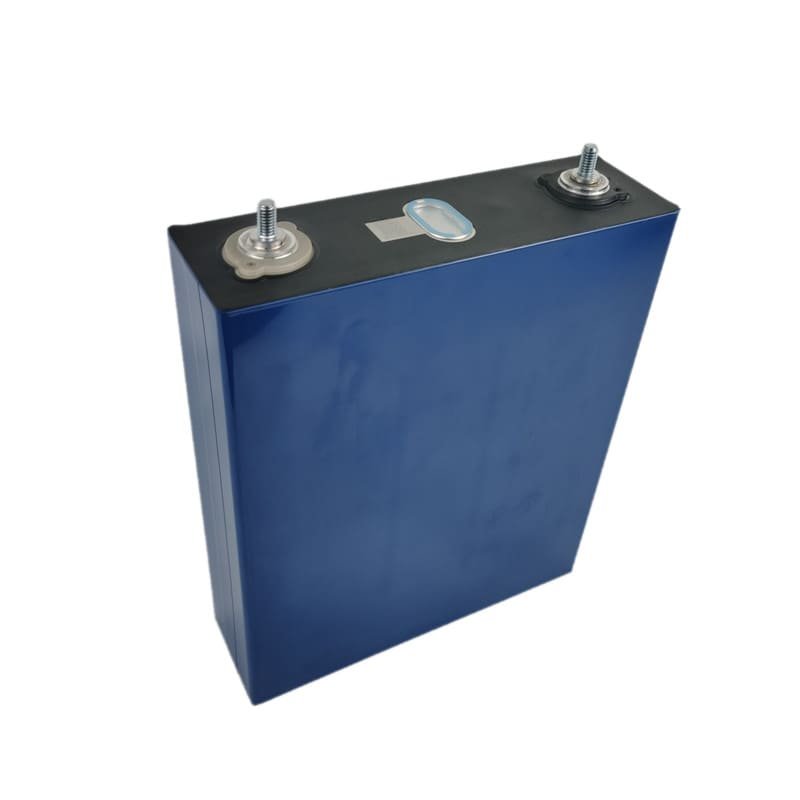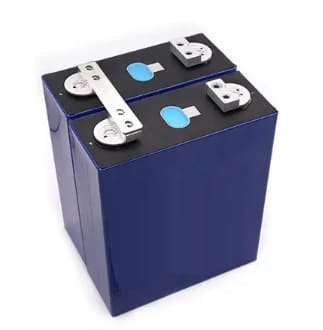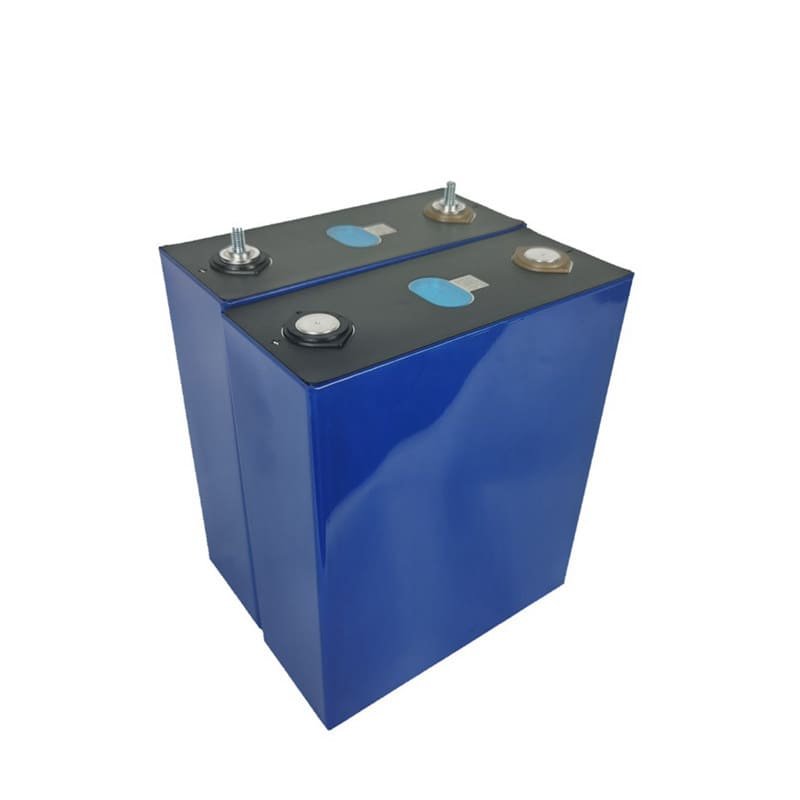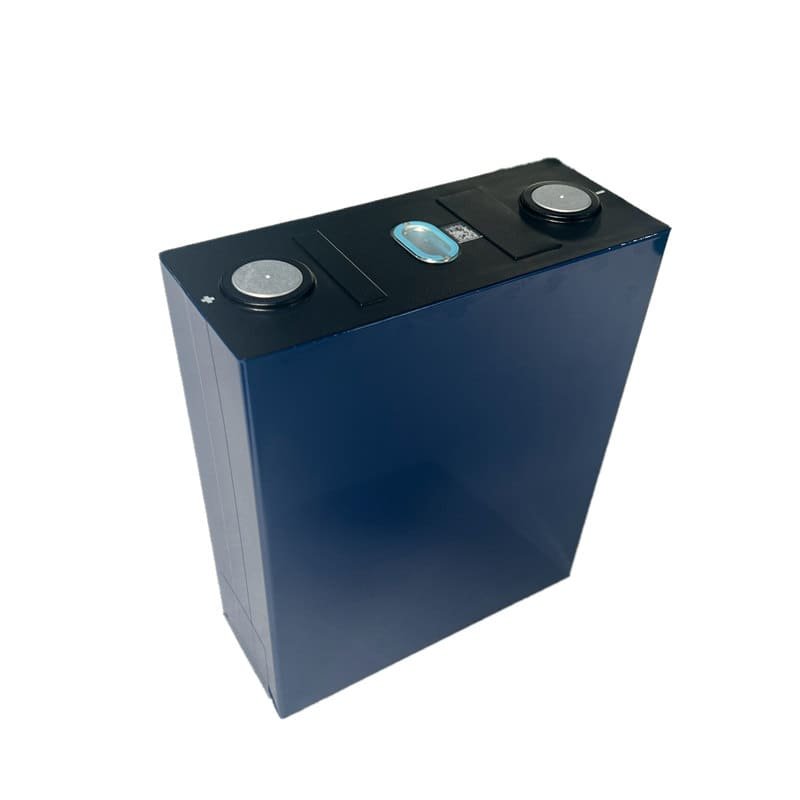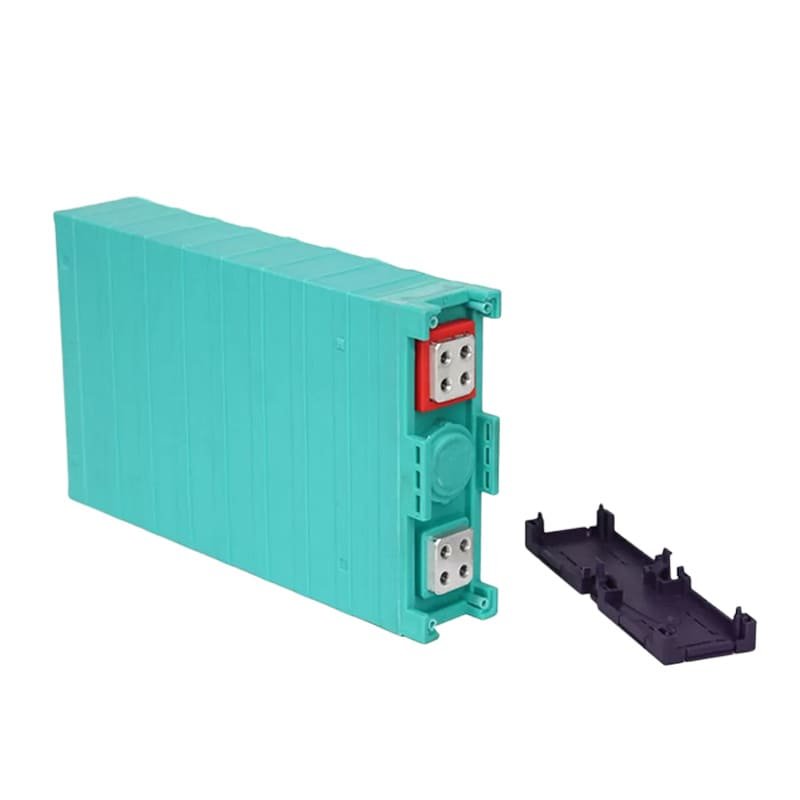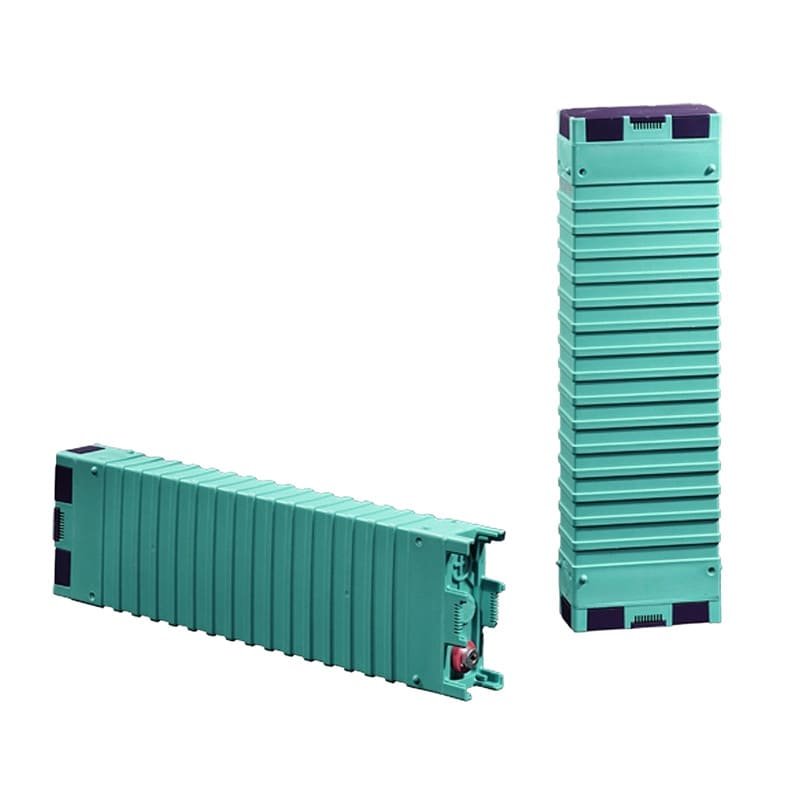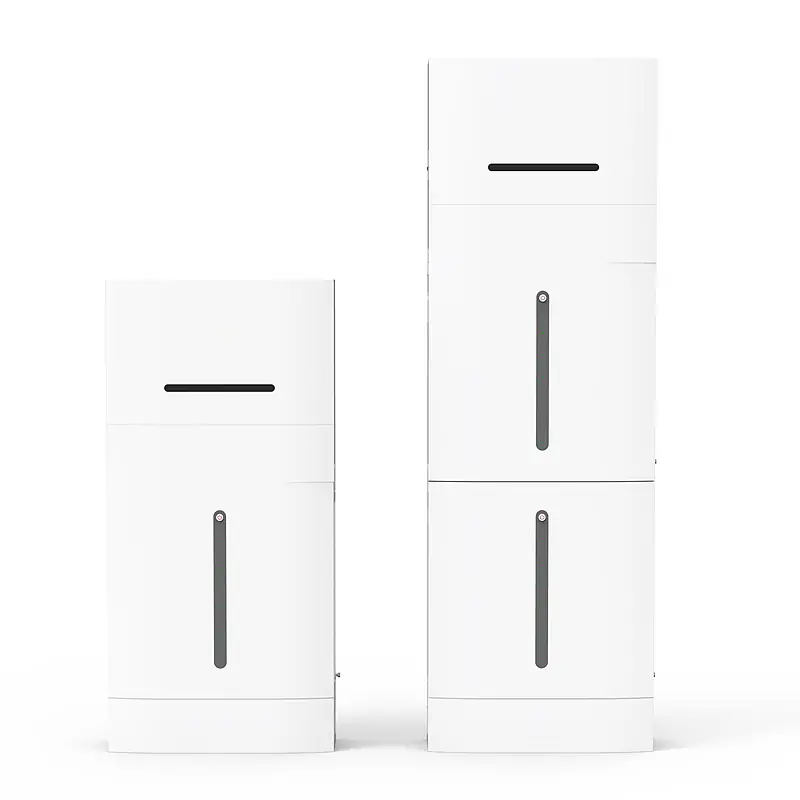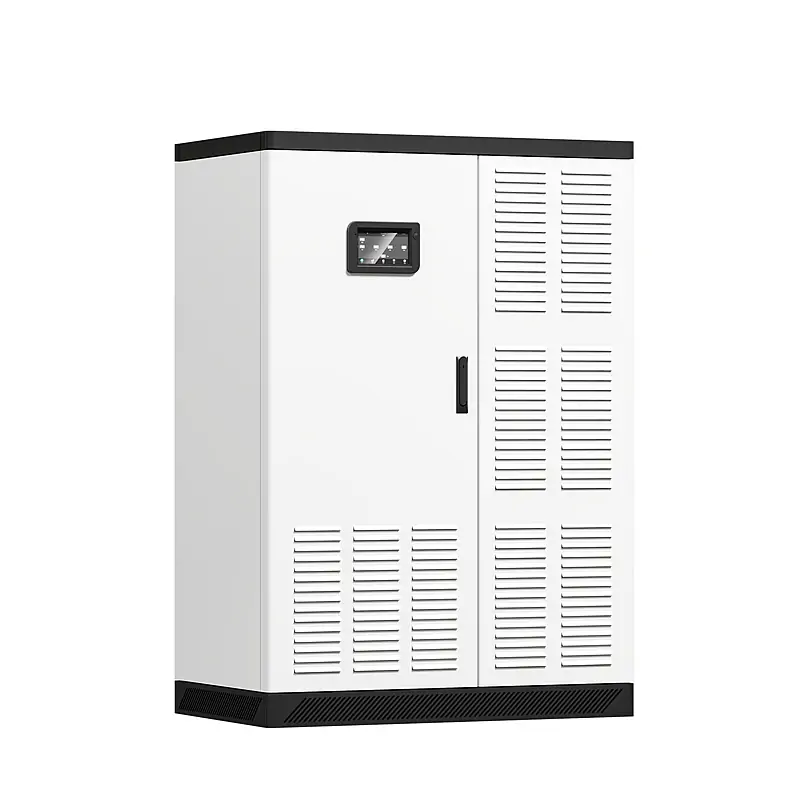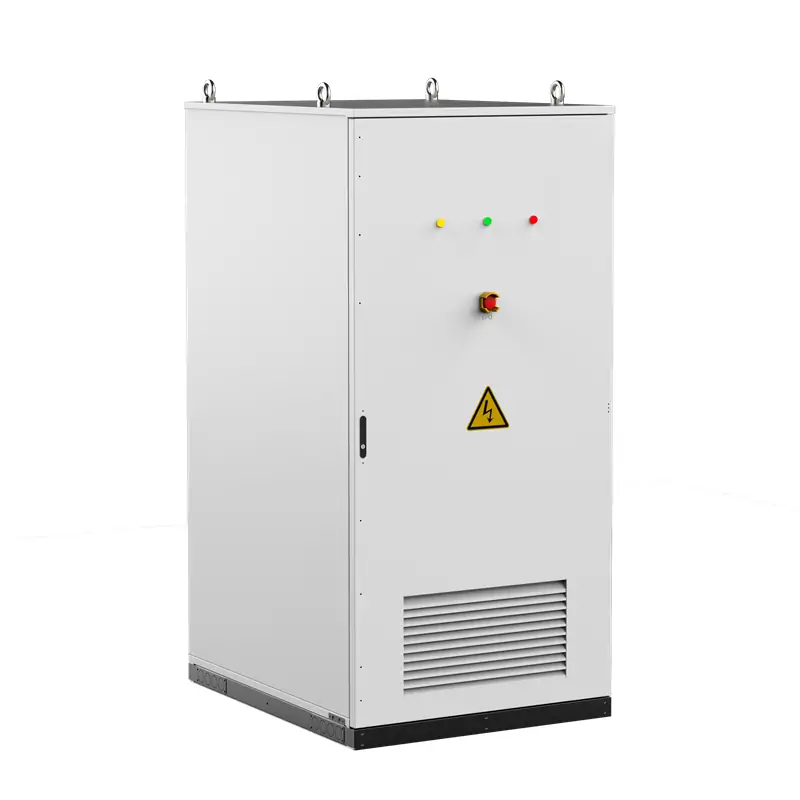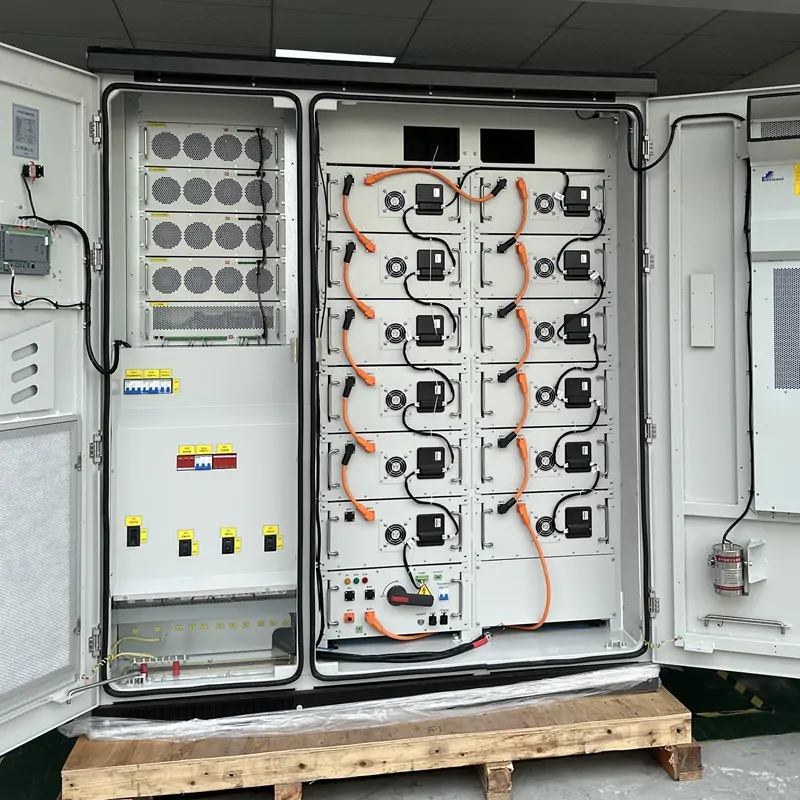What are LFP Prismatic Cells?
LFP prismatic cells, also known as LiFePO4 prismatic cells, are a type of lithium-ion battery. These batteries use lithium iron phosphate (LiFePO4) as the positive (cathode) material and carbon (usually graphite) as the negative (anode) material. It is characterized by a rectangular or square shape, making it compact and efficient.
Table of Contents
In terms of internal structure, the LFP prismatic cell consists of multiple layers of alternating stacks of positive electrodes, negative electrodes, and barrier films that are impregnated with an electrolyte. This layered structure is all encapsulated within a rugged rectangular metal or plastic housing, which not only ensures the safety and stability of the internal components, but also provides structural integrity while allowing for efficient use of space. During charging and discharging, lithium ions can move freely between these layers for energy storage and release.

Analyzed from a chemical point of view, lithium iron phosphate, the cathode material of LFP prismatic cell, has a unique crystal structure. This structure is capable of stably holding and releasing lithium ions during charge/discharge cycles without significant structural changes. It is this characteristic that gives the LFP prismatic cell its excellent cycle life and thermal stability. Meanwhile, the graphite used for the anode material is similar to that used in other types of lithium-ion batteries, and together they form the battery’s electrochemical system.
Key Features of LFP Prismatic Cells
1. Safety
LFP prismatic cell is chemically stable and has excellent thermal stability, reducing the risk of thermal runaway and fire.
2. Cycle Life
LFP prismatic cells have a long cycle life. They can withstand thousands of charge/discharge cycles. They typically last more than ten years under normal use. This long cycle life means lower replacement costs and less long-term environmental impact.
3. Cost-effectiveness
While LFP prismatic cells may have a slightly higher initial cost than lead-acid batteries, their true value is realized over the long term. Low maintenance requirements coupled with long service life make LFP prismatic cells a cost-effective choice for many applications.
4. Environmental Impact
LFP prismatic cells are cobalt-free and use abundant non-toxic materials. This makes them more environmentally friendly and easier to recycle than other lithium-ion batteries.
How do LFP Prismatic Cells Work?
1. Basic Structure
The core structure of the LFP prismatic cell consists of the following main parts:
- Positive electrode (cathode): composed of lithium iron phosphate (LiFePO4) material.
- Negative electrode (anode): usually made of graphite (carbon) material.
- Electrolyte: usually an organic solvent containing lithium salts.
- Diaphragm: Used to separate the positive and negative electrodes while allowing lithium ions to pass through.
These components are tightly encapsulated in a prismatic (square) housing, forming a closed electrochemical system.
2. Chemical Reaction Process
The operating principle of LFP prismatic cell is based on a reversible redox reaction. During the charging and discharging process, lithium ions move back and forth between the positive and negative electrodes, while electrons flow through an external circuit, resulting in the storage and release of electrical energy.

Charging process:
- At positive pole: LiFePO4 → FePO4 + Li+ + e-
- At the negative electrode: C + Li+ + e- → LiC6
Charging: An external power supply provides electrical energy to drive lithium ions to de-embed from the positive electrode and migrate to the negative electrode through the electrolyte. At the same time, electrons flow from the positive electrode to the negative electrode through an external circuit. This process converts electrical energy into chemical energy stored in the battery.
Discharge process:
- At the positive electrode: FePO4 + Li+ + e- → LiFePO4
- At the negative electrode: LiC6 → C + Li+ + e-
Discharge: Lithium ions in the negative electrode spontaneously migrate back to the positive electrode through the electrolyte, while at the same time electrons flow from the negative electrode back to the positive electrode through an external load (e.g., an electric motor), generating an electric current. This process converts stored chemical energy into electrical energy.
Applications of LFP Prismatic Cells
LFP Prismatic Cells are used in two main applications.
1. Power Applications
Widely used in electric vehicles, LFP prismatic cells offer a balance between performance and price due to their excellent safety, long cycle life and cost effectiveness. In addition to automobiles, these batteries power a range of mobile applications, including golf carts, electric boats and material handling equipment such as forklifts.
2. Energy storage applications
In the energy storage space, LFP prismatic cells are making significant inroads at all scales from residential to grid-scale applications. For home energy storage systems, these batteries are prized for their safety, long cycle life and compatibility with solar installations. In commercial and industrial environments, LFP-based systems are used for peaking, load shifting, and integrating renewable energy sources.
LFP Prismatic Cells vs. Cylindrical Cells

1.Volume and Size
LFP prismatic cells are usually much larger than cylindrical cells, but their rectangular structure is more conducive to space utilization. Cylindrical cells are more suitable for small spaces or portable devices.
2. Capacity
Individually, LFP prismatic cells usually have higher capacity. Cylindrical cells have a relatively small capacity, and require multiple battery cells to be connected in parallel to reach the capacity of prismatic cells.
3. Energy Density
Theoretically, cylindrical cells may have slightly higher energy density. However, in practice, LFP prismatic cells may achieve higher energy density at the system level due to better space utilization.
4. Cycle Life
LFP prismatic cells have a longer cycle life than cylindrical cells, and technology is being updated in this area all the time.
5. Cost
Cylindrical cells are likely to have a lower cost per unit due to a high degree of standardization. However, in large-scale applications, LFP prismatic cells may have an advantage in terms of total system cost.
In summary, for small electronic devices with space constraints and low capacity requirements, such as power tools and portable devices, cylindrical cells are recommended. For devices that require high capacity and long cycle life, such as electric vehicles and energy storage systems, LFP prismatic cells are recommended.
LFP Prismatic Cells vs. NMC Battery Cells
1.Safety
LFP prismatic cells have higher thermal stability and safety, while NMC battery cells may have a higher risk of thermal runaway under extreme conditions.
2.Energy Density
NMC battery cells usually have higher energy density, which means that they can store more energy under the same weight and volume. The energy density of LFP prismatic cells is relatively low, but optimization at the system level can partially make up for this gap.
3.Cycle Life
LFP prismatic cells typically have a longer cycle life than NMC battery cells and can withstand more charge/discharge cycles. This gives LFP prismatic cells an advantage in applications that require frequent charging and discharging.
4.Cost
The lower raw material cost of LFP prismatic cells, especially the absence of cobalt, results in a relatively low overall cost, whereas NMC battery cells typically have a higher cost due to the presence of expensive nickel and cobalt.
5.Low Temperature Performance
NMC battery cells typically outperform LFP prismatic cells at low temperatures, whereas LFP prismatic cells may experience performance degradation.
In summary, for applications requiring high safety, long cycle life and low cost, such as large-scale energy storage systems and electric buses, it is recommended to choose LFP prismatic cells. For applications requiring high energy density and excellent low-temperature performance, such as high-end electric vehicles and equipment requiring long range, NMC battery cells can be considered. Specific usage environment, budget and performance requirements also need to be considered when choosing.

